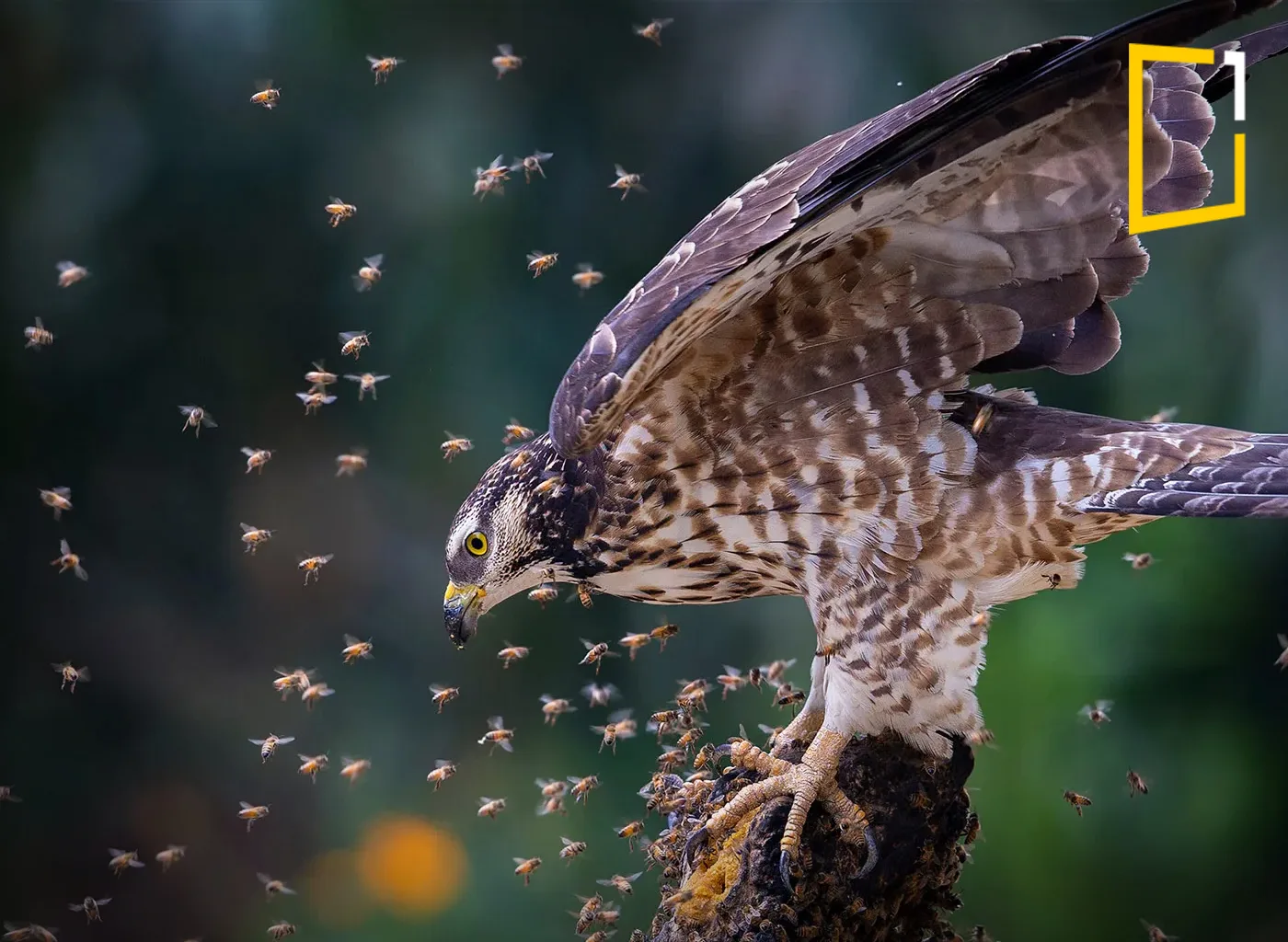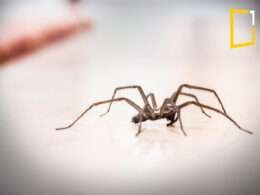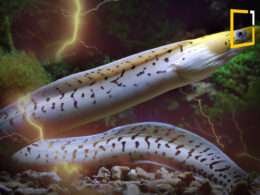The honey buzzard (Pernis apivorus) is a fascinating bird of prey known for its unique diet and remarkable adaptations. Unlike other raptors that primarily hunt small mammals or birds, the honey buzzard specializes in feeding on wasps, bees, and their larvae. Found across Europe, Asia, and parts of Africa, this stealthy hunter plays a crucial role in controlling insect populations.
In this article, we’ll explore the honey buzzard’s behavior, habitat, and why it’s one of the most intriguing raptors in the animal kingdom.
What Makes the Honey Buzzard Unique?
While the name “buzzard” might suggest it is similar to common buzzards, the honey buzzard is quite different. It belongs to the genus Pernis, setting it apart from other birds of prey. Here’s what makes it so special:
- Diet of Wasps and Bees 🐝
Unlike most raptors, the honey buzzard primarily feeds on wasp and bee larvae. It skillfully raids nests by digging into the ground or tearing apart tree bark to access these protein-rich snacks. - Feathered Armor 🦅
The honey buzzard’s facial feathers are denser than those of other birds of prey, acting as protection against stings from angry wasps and bees. - Strong Digging Claws 🏗️
This bird has specially adapted claws that help it excavate underground wasp nests with ease. - Mimicry for Survival 🦆
The honey buzzard’s plumage often resembles that of the common buzzard (Buteo buteo), helping it blend in and avoid threats from larger predators.
The Perfect Gift for Kids is Here! 🎨
Looking for a fun, creative, and engaging way to keep your little ones entertained?
Our Digital Coloring & Activities Book is the ultimate solution! Packed with 26 pages of coloring pages, puzzles, mazes, games, and more, this printable PDF is designed to spark creativity and keep kids busy for hours.
👉 Get your’s now and make playtime unforgettable! Don’t wait – this deal won’t last forever! Use code onem50book and get 50% Off today! 🚀
🖍️ Let Your Kids’ Creativity Run Wild!

Where Do Honey Buzzards Live?
Honey buzzards are migratory birds, traveling thousands of kilometers between breeding and wintering grounds.
- Summer Breeding Grounds 🌳
- Found in European woodlands, forests, and even parts of western Russia.
- Prefer areas with plenty of trees for nesting and nearby open land for hunting.
- Winter Migration 🌍
- These birds fly to tropical Africa or South Asia when temperatures drop.
- They often follow monsoon patterns, ensuring a steady food supply.
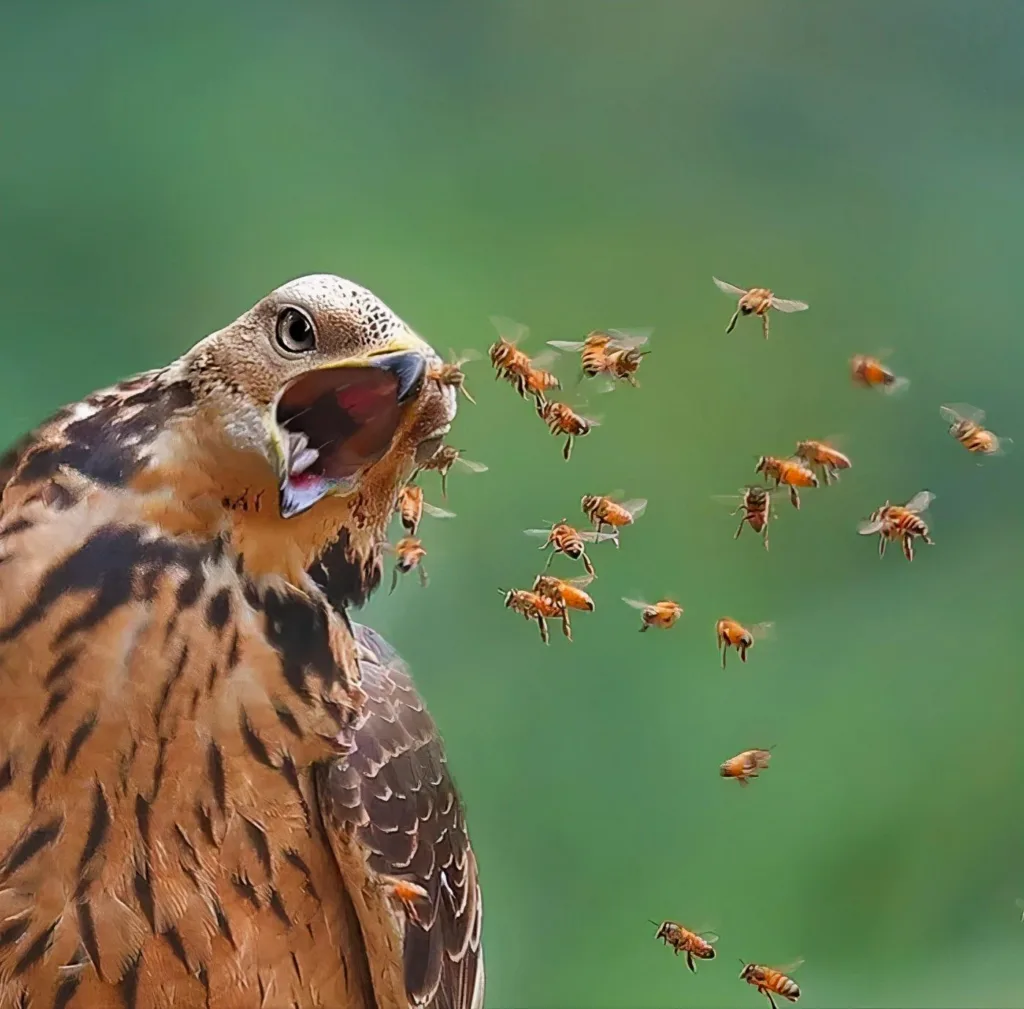
Hunting and Feeding Behavior
Honey buzzards are stealthy, intelligent hunters. Their diet mainly consists of:
✅ Wasp and bee larvae
✅ Honeycomb and wax
✅ Small mammals, reptiles, and birds (occasionally)
Unlike other birds of prey that rely on speed or brute force, the honey buzzard relies on strategy. It waits patiently before attacking a nest, using its tough skin and feathers to withstand insect stings.
Breeding and Nesting
During the breeding season, honey buzzards build their nests high in trees using twigs and leaves. They typically lay two eggs, and both parents take turns incubating them.
Fun fact: Honey buzzard chicks hatch with a natural tolerance to wasp venom, helping them adapt early to their specialized diet.
Conservation Status
The honey buzzard is not currently endangered, but habitat loss poses a long-term threat. Deforestation and climate change could impact their migration routes and food sources. Conservation efforts focus on:
🌱 Protecting forested areas
🌍 Monitoring migratory patterns
🐝 Preserving insect populations
Why the Honey Buzzard Matters
This bird is a natural pest controller, helping to keep wasp and bee populations in check. Without honey buzzards, there could be an imbalance in certain ecosystems, leading to overpopulation of certain insects.
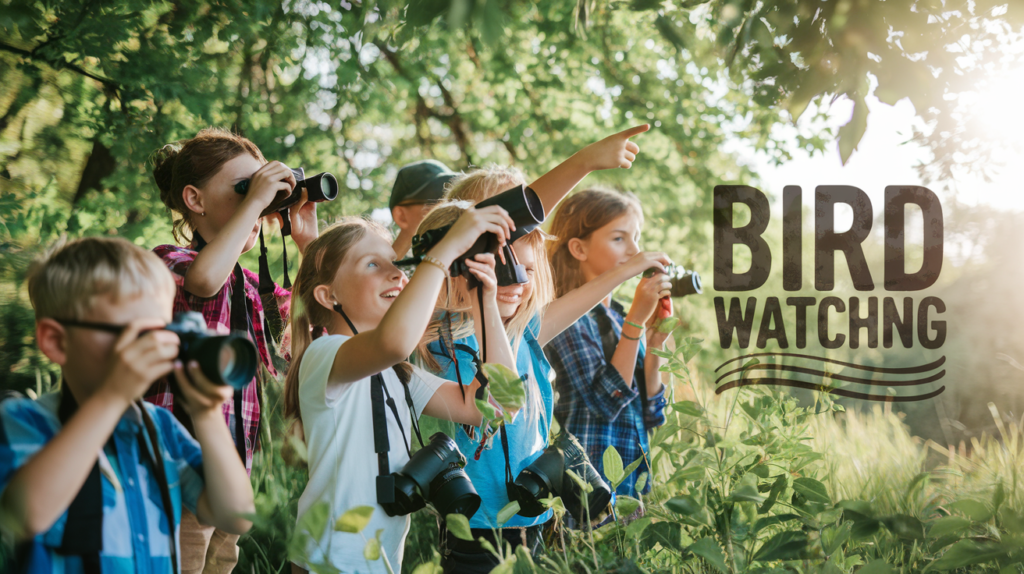
Ready to Spread Your Wings?
Dive into the fascinating world of bird watching with “Bird Watching for Beginners”—your ultimate guide to becoming a birding expert! Whether you’re a nature lover or a curious beginner, this ebook has everything you need to start your journey. Click here to download your copy today and start exploring the beauty of birds!
Conclusion
The honey buzzard is a true marvel of nature. From its ability to raid wasp nests without fear to its impressive migratory journeys, this bird is a symbol of adaptability and resilience. As human activity continues to alter the natural world, it’s essential to protect species like the honey buzzard that play a crucial role in maintaining ecological balance.
Next time you see a buzzard soaring in the sky, take a closer look—you might just be witnessing nature’s most fearless insect hunter in action!
—————————————————————
Thanks for joining this wild ride. Stay curious, stay tuned, and let’s make our world brighter!
Subscribe to our channel and stay tuned for more intriguing mysteries and scientific wonders. Together, let’s uncover the secrets of the Earth and expand our understanding of this fascinating world.
Check out the latest blog and video on YouTube and learn something new today.
Attention, all readers! To deepen your understanding and stay informed on the latest news and trends, be sure to click on the link to access more informative articles.
Join the family by liking us on Facebook, or follow us on Twitter and Instagram.
If you liked this story, sign up for the weekly OneMinuteExplore features newsletter called “The Essential List”. A handpicked selection of stories from OneMinute Nature, Wildlife, Culture, Travel, Stories, and more… delivered to your inbox every Weekend.
👉 We may earn a commission from purchases made through links in this content, but it won’t affect your price. Rest assured, our recommendations are based on thorough research and genuine belief in the products. Your support through these links helps us continue providing valuable content. Thank you for your support!






